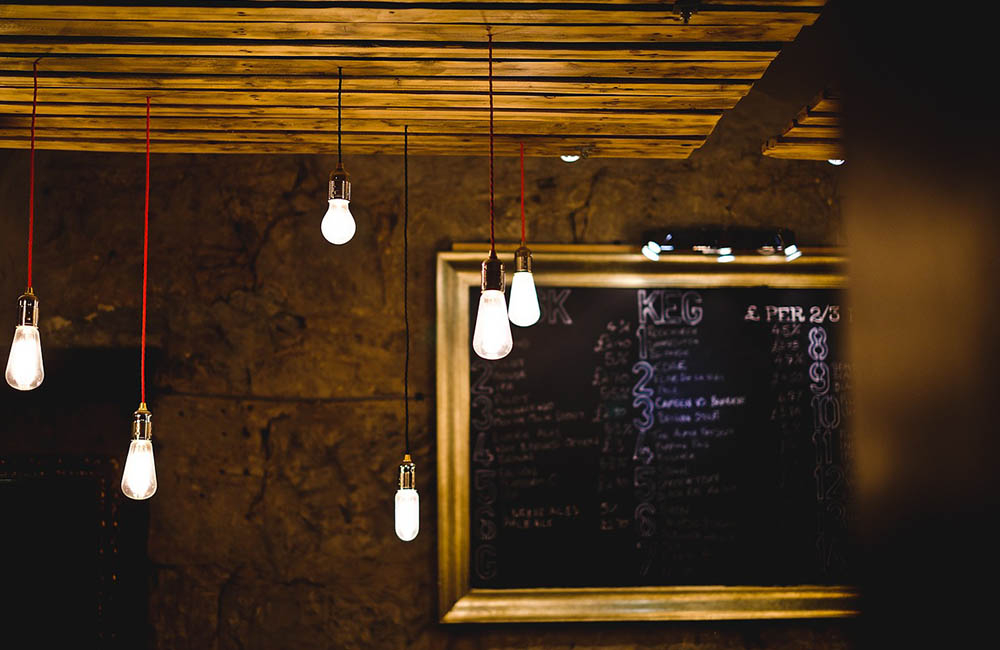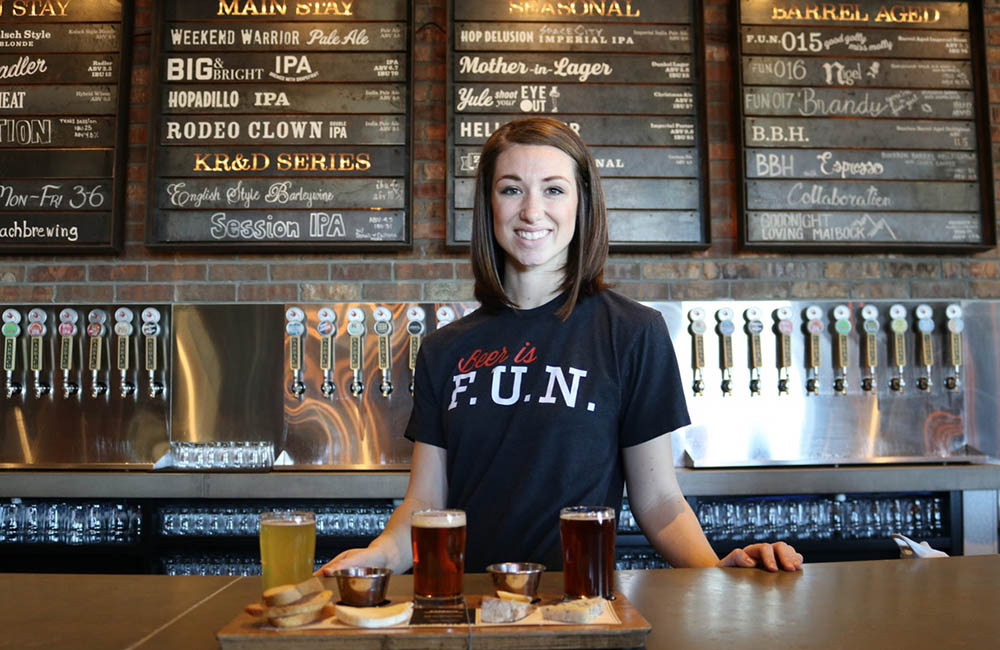You’re ready to pour your blood, sweat and tears into your restaurant start-up, but you’re worried that things may not go as smoothly as you had hoped. About 17% of restaurants will close in their first year, but in many cases, the owners made mistakes that could have been avoided.
To succeed with your restaurant start-up, don’t make these nine mistakes.

1. Not Creating a Business Plan
One of the first mistakes restaurant start-ups make is failing to create a business plan. If you don’t have a plan, you’re only setting yourself up for failure.
A business plan will outline your future objectives and your strategies to reach them. It will also help you budget while saving time, money and stress.
If you plan to apply for any type of financing, a business plan is a necessity.
Many restaurant start-ups skip this step because it’s time-consuming. Don’t make this vital mistake.
2. Undercapitalization
According to Inc., it costs $450,000 to $525,000 to open a restaurant. But that figure could be significantly higher or lower, depending on your location and your equipment needs. Because there are so many variables to consider, it’s easy to underestimate your start-up costs.
Undercapitalization could be the death of your business. That’s why it’s so important to create a detailed business plan. The financial sections of your business plan will help you estimate costs. It’s always better to overestimate than to underestimate your start-up costs.
Consider setting aside money for working capital to cover one year of rent. It may also be a good idea to set aside contingency money for unexpected problems that may arise (and they will). As a general rule of thumb, you want to set aside 10-15% of the total required investment as contingency.
Take a conservative approach to forecasting your sales and investment costs by lowering your sales forecast and raising your investment requirements.
3. Not Knowing Your Market
Knowing your target market is essential for any business, but it’s especially important in the food service industry. Aspiring restaurant owners often make the mistake of choosing the food they love instead of the food people in their target audience wants to eat.
If there’s no demand for the type of cuisine you want to serve, your restaurant will have a hard time keeping its doors open – even if you hire the best chef in town.
Scope out the competition. What are they serving? Which menu items are the most popular? How much are they charging for their food? All of this information will give you an idea of what the market is like as far as food and pricing goes.
If you’re truly adamant on serving certain menu items, make sure that you choose a location where there’s demand for that dish or that type of cuisine.
4. Assuming You’ll Make Money Opening Day
Even the best and most successful restaurant chains plan for a loss for the first few months of operation. Your restaurant may be a hit from day one, but most restaurants experience high food and labor costs – especially during the first few months of operation.
If you launch your restaurant with the assumption that you’ll start making money right away, you may run out of cash quickly. Make sure that you have capital set aside to cover any initial losses you may experience.

5. Overcomplicating the Menu
It’s important to cater to your target market, but overcomplicating the menu with too many choices can do more harm than good. Some restaurants try hard to please everyone, and as a result, they wind up putting items on the menu that don’t really fit with the restaurant.
Once you have a concept for your restaurant, you can define and fill your niche. If the plan is to open an Italian restaurant, adding Indian dishes to the menu might confuse your customers and even cause them to question your quality.
A smaller, niche-focused menu will allow you to:
-
Focus on quality
-
Have better inventory control
-
Reduce spoilage and waste
-
Train your staff more quickly
Remember that you can always add new menu items in the future. Start with fewer dishes that match your restaurant’s concept and focus on quality.
6. Underprepared for Opening Day
You only get one opening day – make it count. The customer’s first impression is crucial, particularly on opening day. These first customers will be the ones to leave the first reviews for your restaurant and share their experiences with their friends.
If you make a bad impression, you may have a hard time changing people’s minds about your restaurant.
Before you have your grand opening, consider having a few soft openings first. Soft openings aren’t heavily marketed, so they tend to be quieter. These soft openings will give you a chance to work out any kinks or unforeseen problems before you have your grand opening.
To make the launch go as smoothly as possible, make sure that you hire extra staff.
7. Inadequate Employee Training
Training will play a critical role in ensuring that your restaurant provides consistent customer service and quality food. That's why it’s so important to get this part right. Yes, training takes time and costs money, but this is one area you can’t skimp on.
Take the time to create training, operation and procedures manuals. These manuals will cover everything from cashier procedures to detailed recipes, waiter training and customer service standards. They ensure that your employees know how to do their jobs and what to do if something goes wrong.
Without a detailed set of procedures, your restaurant will be chaotic and disorganized. Taking the time to create manuals will save you time and frustration in the future.

8. Ignoring Technology
Technology can improve your restaurant’s customer service, food quality and efficiency. You may not have the budget to implement all of the latest technological advancements in the industry, but offering online ordering or online reservations will please your customers and alleviate some of the burden on your staff.
Some restaurants have point-of-sale systems right at the table, which allows customers to pay for their food as soon as they finish eating. Loyalty programs and online payment options are other affordable technologies that may turn first-time customers into repeat customers.
You don’t have to have the most technologically advanced restaurant in town, but adding customer-centric features, like online ordering and payment, could give you an edge on the competition.
Ignoring technology completely will only make your restaurant run more inefficiently than it needs to run.
9. Underspending on Marketing
The “build it and they will come” approach doesn’t work in today’s business world. Even in small towns, there are at least two well-established restaurants that you will have to compete with. Without a solid marketing plan, most people will have no idea that your restaurant even exists.
Most restaurant owners understand the importance of marketing, but many underspend - particularly in the first few months after opening.
As a general rule of thumb, established restaurants allocate 3-6 % of their budget to marketing. But new restaurants typically spend 15% of their sales on marketing. Fortunately, you only need to spend that much in the first 3-6 months of opening.
Successful restaurants typically spend most of their marketing budget on tactics that are proven to deliver an ROI. It’s great to experiment with new marketing ideas, but don’t allocate too much of your budget for these risky, unproven strategies.
There may be many other mistakes that you can make when launching your restaurant, but these are the most common – and costly – ones. Don't let your fear of mistakes deter you from opening your restaurant. Even the most successful restaurants experienced a few hiccups before they figured out what worked.
Commercial Equipment: Quote and Advice
Get professional advice and estimates on the necessary equipment as well as a list of supplies needed to start a restaurant.
Richard
tel: 718-369-0600
richard@mcdonaldpaper.com


